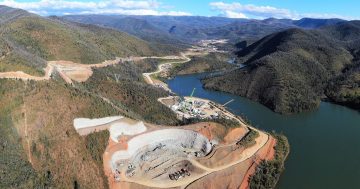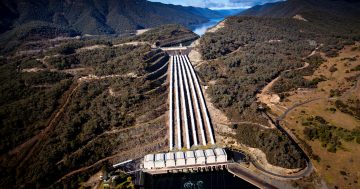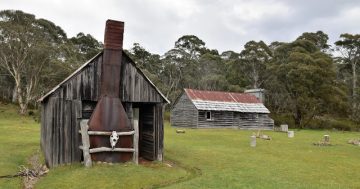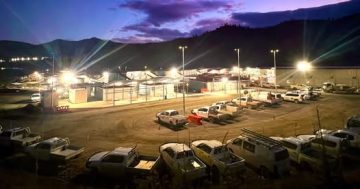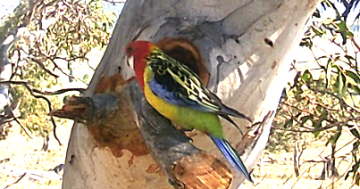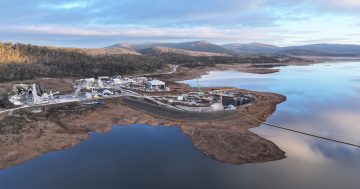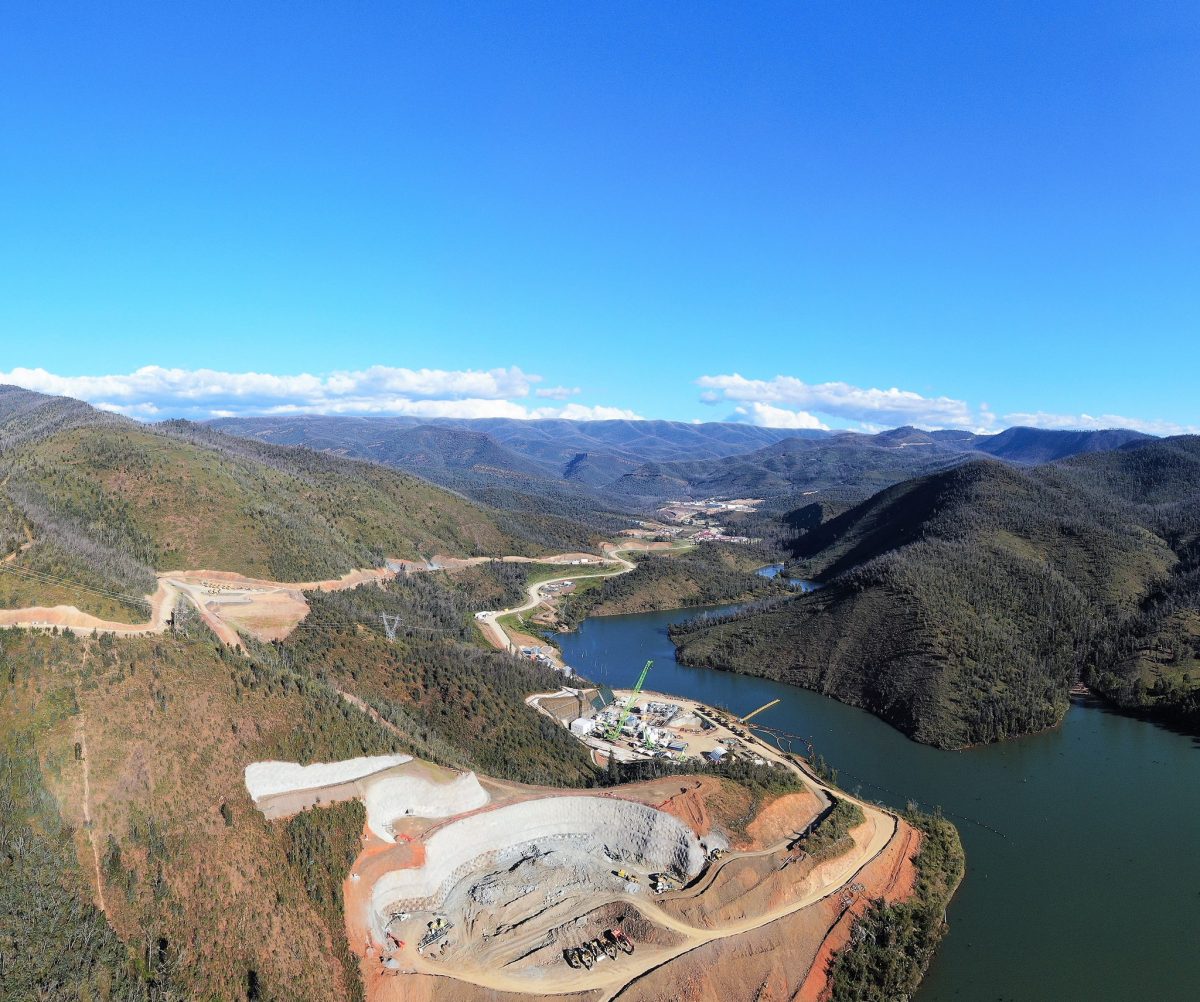
Cloud seeding was first used in 2004. It was paused in 2024. Photo: Snowy Hydro Facebook.
A weather program in the Snowy Mountains has been cancelled, after it helped to generate renewable energy for two decades.
Snowy Hydro used cloud seeding to increase the amount of water it could use for hydroelectricity for more than 20 years.
The technique aims to increase precipitation by injecting substances into existing clouds to help ice crystals form.
However, Snowy Hydro recently decided to permanently end the program after an internal review found it was becoming too expensive.
“The review, initially announced in June of last year after a program pause in 2024, concluded that the escalating costs and resources required to continue the program would outweigh any benefits,” a spokesperson said in a statement on its website.
“Increasing costs were primarily driven by Snowy Hydro’s existing cloud seeding equipment reaching the end of its operational life, meaning significant investment would be needed for it to be replaced,” the spokesperson said.
“Rising operational expenses for resourcing and fulfilling regulatory obligations also contributed to the decision.”
According to a 2023 report, an area of about 2110 square kilometres was targeted within the Snowy Waters catchment.
Under NSW legislation, cloud seeding can only be used where precipitation is likely to fall as snow to at least 1400 metres.
Silver iodine is used to help the clouds form, chosen because it’s similar to ice crystals and does not become biologically available in the environment, according to the report.
“Land-based aerosol generators are the approved method to disperse the seeding material,” the document states.
“The seeding agent is released by up to 23 ground-based generators located along the western perimeter of the target area when suitable atmospheric conditions are present.”
In 2023 alone, about 13.8 kg of silver iodide was dispersed across the target area, released over more than two days.
“In 2023, a total of 36 hours and 16 minutes of cloud seeding occurred between 25 June 2023 and 09 September 2023.”
According to the company, an independent review found that the cloud seeding program increased precipitation by an average of 14 per cent.
“Analyses of precipitation amounts over 1990-2023 continue to show no evidence of an effect from cloud seeding on precipitation downwind of the target area,” according to the 2023 report.







